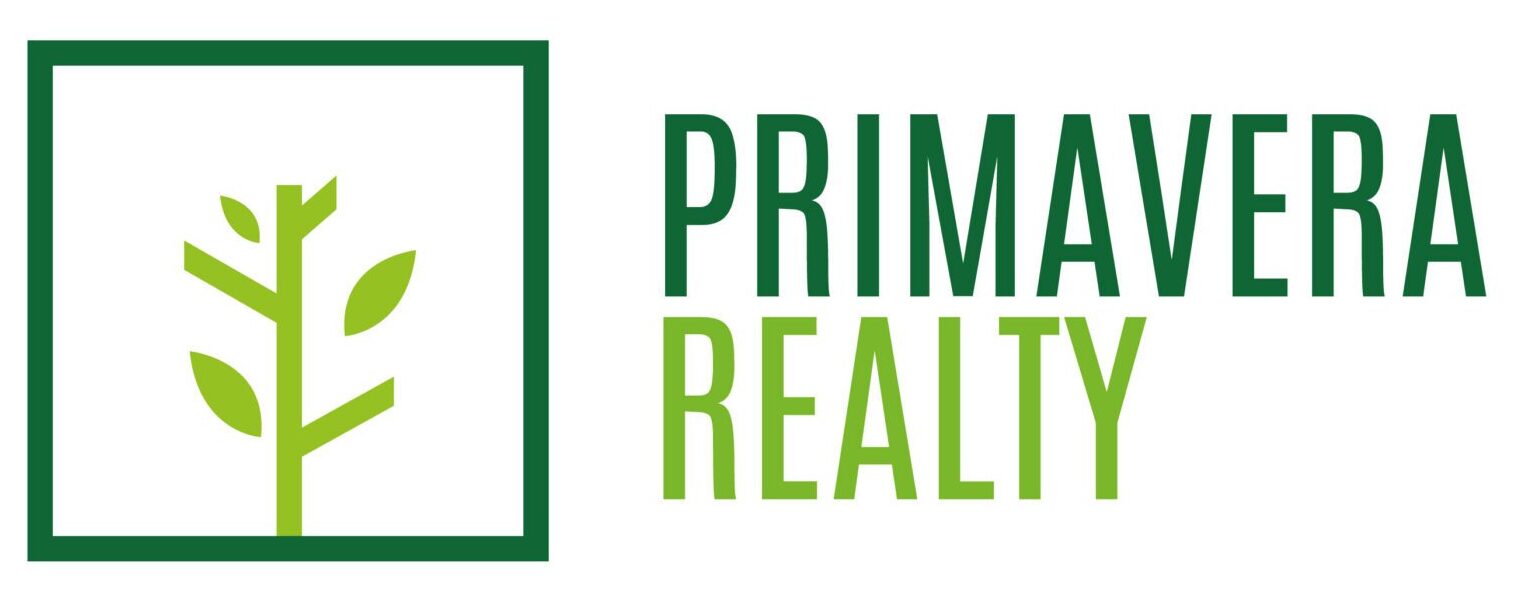It is surprising how few in Colombia use banking products that are common in the United States, products such as mortgages and checking accounts. The largest bank in Colombia, Bancolombia, recently disclosed some interesting statistics about banking in Colombia in the company’s recent earnings report.
From the statistics in the report it is easy to understand why Colombia is still in many ways a cash-based economy with many bills being paid in cash. Only 5% of adults have a checking account and only 22% of adults have a credit card.
It is also quite surprising how few adults in Colombia have mortgages – only 3%, which means it is a small market. Outstanding mortgages in Colombia only represent about 7.3% of the GDP in the country; compared to outstanding mortgages in the U.S. representing about 79% of the GDP in the U.S.
Mortgages for Foreigners
While you may be able to buy real estate in Colombia with just a tourist visa, getting a loan or mortgage to finance a purchase is another matter. It has been extremely difficult for foreigners to get a mortgage from Colombian lenders. For this reason, most property purchases by foreigners in Colombia are done with cash. It is even difficult for Colombian citizens to get mortgages.
To even be considered for a mortgage as a foreigner in Colombia, you will need to have residency and have lived in Colombia preferably for a few years. You also need to have a bank account in Colombia and a credit history in Colombia and may also be asked for proof that you pay taxes in Colombia. In other words, you need to be well established in Colombia before banks will even consider lending to you. I only have met one foreigner that was able to get a mortgage from a bank in Colombia and he is married to a Colombian, had banked in Colombia for several years and had paid taxes in Colombia plus was going to live in the property. He also had to provide a ton of paperwork to get the mortgage.
Mortgages are not easy to get in Latin America for foreigners; probably the easiest country is Panama. But even in Panama, the list of documents required for a foreigner to apply for a mortgage is quite long:
- Entire passport photocopy
- Additional photo identification photocopied (i.e. a driver’s license)
- Credit report (from Equifax, Experian, or Transunion)
- Recent utility bill including applicant’s name and home address
- Resume showing education and work history
- 2 bank reference letters
- 2 commercial or professional reference letters
- Bank statements for the last 12 to 24 months (photocopied)
- Income tax returns from the previous 2 years
- Letter explaining sources of income and reason for purchasing the property
- Immigration status proof (if your tourist visa has been over-stayed)
- Property appraisal from a bank-approved appraiser
- Receipt of the purchase contract and down payment
Panama mortgage lenders also prefer 10 to 15-year terms and a down payment of 30%.
Colombia mortgage lenders are similar to those in Panama and prefer 5-20 year terms and a down payment of 30%. I haven’t seen a similar list of documents required for a mortgage for a foreigner in Colombia, as banks in Colombia really are not set up to handle mortgages for foreigners. But I suspect the list of documents required in Colombia would be even longer than what is required in Panama.
One way around the bank mortgage challenge in Colombia may be to arrange a private mortgage with the seller of the property. Primavera Realty, the fastest growing foreign-owned real estate firm in Medellín, does have a number of property owners that will accept a private mortgage.
The Bottom Line
There looks to be a huge mortgage market opportunity in Colombia for banks willing to make mortgages available to foreign buyers of Colombian real estate. The recently improved exchange rate has made Colombian real estate very attractive to many foreign buyers but the lack of a mortgage market for foreigners in Colombia limits the number of buyers.
I believe mortgages will eventually be made available to foreign buyers of Colombian real estate either through Colombian banks or through private investor financing. The bottom line is that the mortgage market in Colombia looks to be a pretty wide-open market opportunity that someone will eventually fill.


Do you guys offer any funding for commercial development funding in the country of Colombia
Bernardo,
Any type of financing in Colombia (residential or commercial) is hard to get for foreigners and also quite expensive. We do not offer either and the only financing that we have been able to put together in the past was residential seller financing. If you would like to discuss in more detail, write me at rich@primaverarealtymedellin.com
Rich